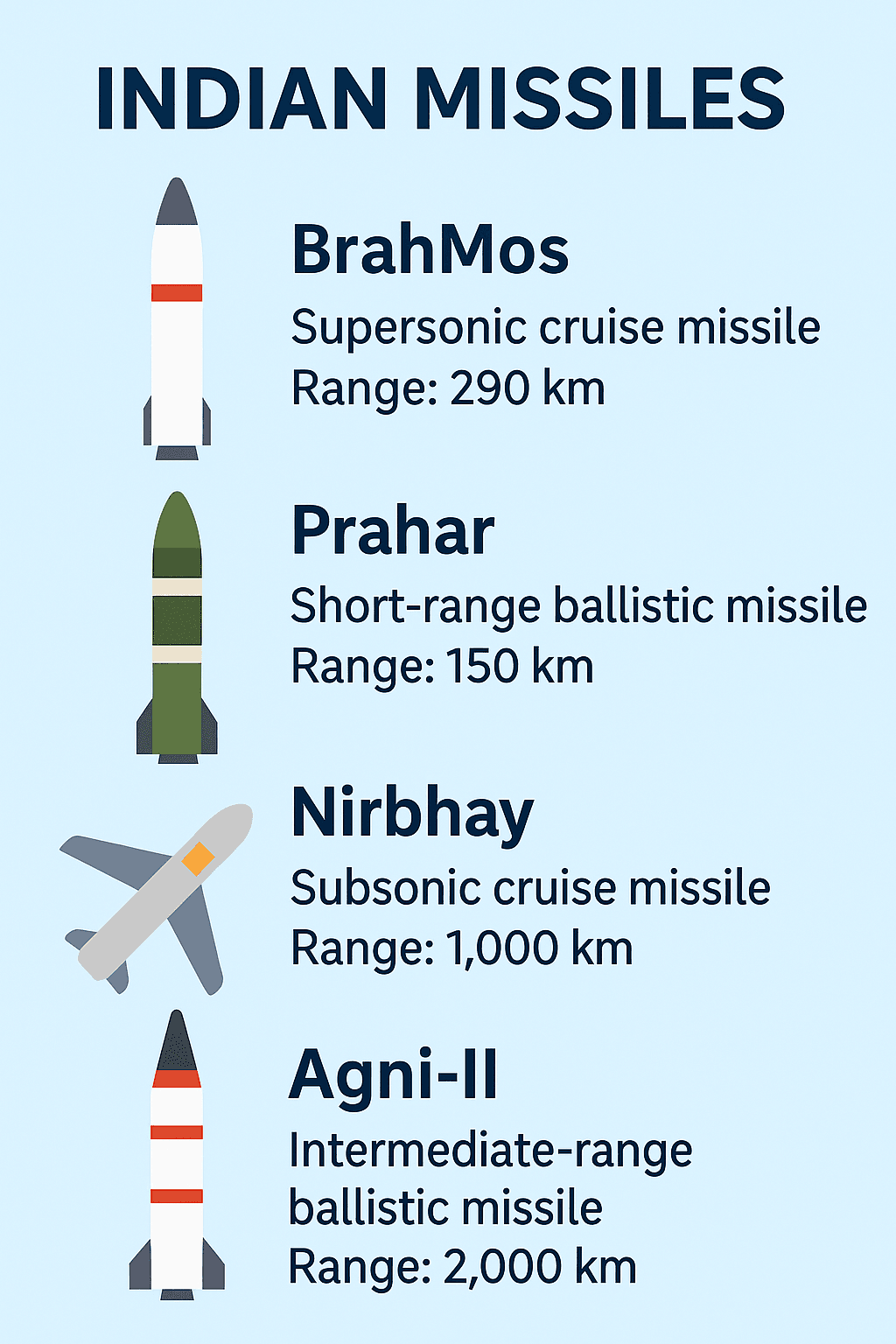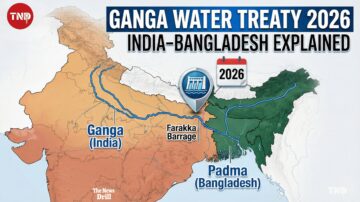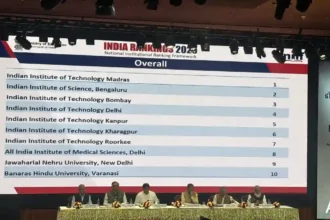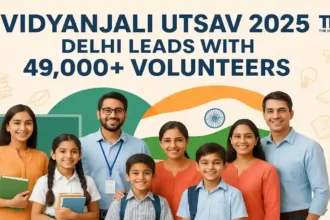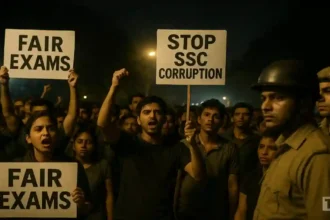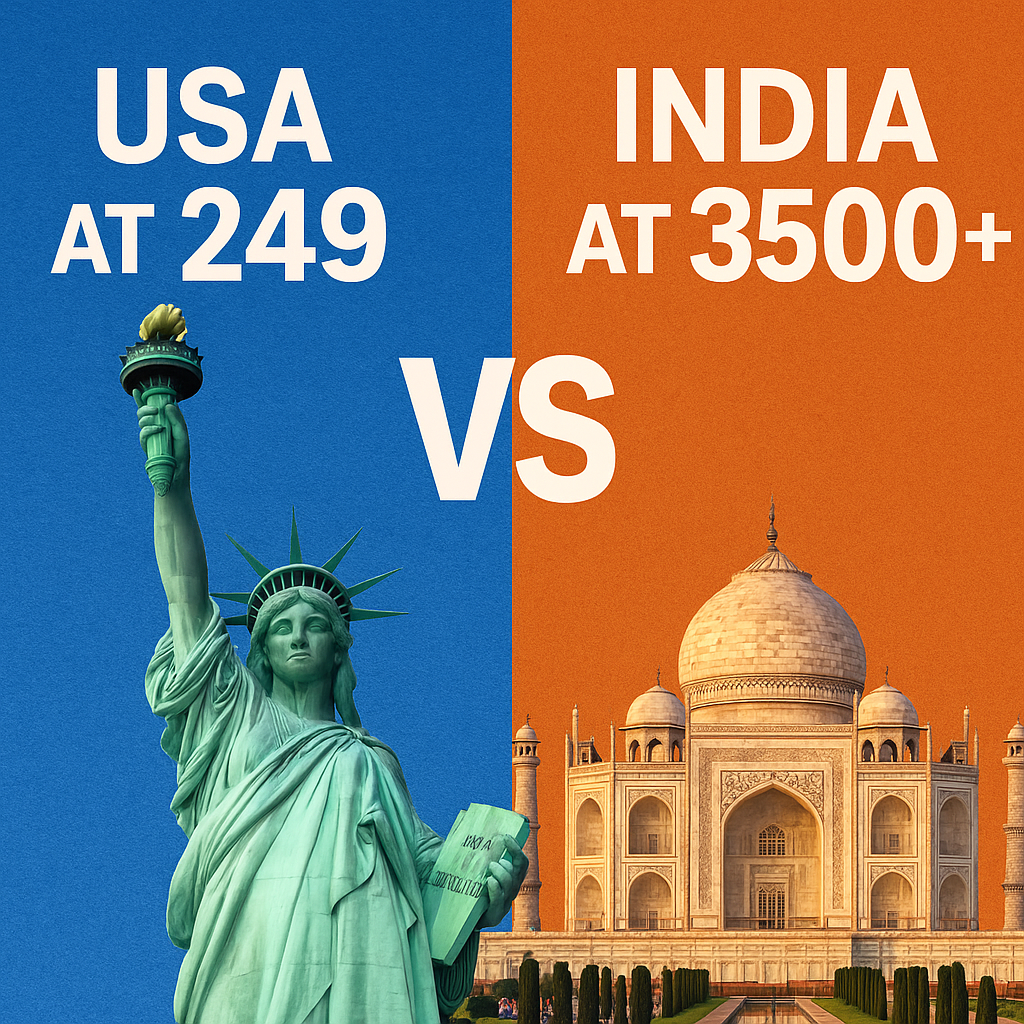
By Himanshu Singh Parihar | The News Drill
Introduction: A Tale of Two Nations
On July 4, 2025, the United States of America turns 249 years old. In less than two and a half centuries, it has established itself as a global superpower, with unmatched technological innovation, strong public institutions, and one of the highest GDPs in the world. Meanwhile, India—a civilization that dates back more than 3,500 years—has only recently emerged as a growing global force in technology, economy, and diplomacy, though not without persistent challenges.
This report examines the contrasting paths of the USA and India: from their origins, post-independence journeys, institutional structures, civic attitudes, and development indicators. More importantly, it reflects on what India must do to reclaim its former glory—not just economically, but morally and socially as well.
I. Historical Timeline: Foundational Differences
USA:
- Colonized by Europeans in the 1600s.
- Declared independence in 1776.
- Constitution ratified in 1787.
- Civil War (1861–1865) unified the nation.
- Emerged as a superpower post-WWII.
India:
- Home to the Indus Valley Civilization (~2500 BCE).
- Flourished under Mauryan, Gupta, Mughal empires.
- Colonized by the British (1858–1947).
- Gained independence in 1947.
- Became a Republic in 1950.
II. Nation-Building: Post-Independence Strategy
USA:
- Free-market capitalist economy.
- Invested heavily in public institutions, education, infrastructure.
- Strong checks and balances.
- Civil Rights Movement expanded inclusion.
India:
- Socialist-inspired planning economy until 1991.
- Adopted Five-Year Plans, state ownership of industry.
- Economic liberalization began in 1991.
- Focused on self-reliance, unity in diversity.
III. Comparative Performance: By the Numbers
| Metric | USA (2024) | India (2024) |
|---|---|---|
| Population | ~335 million | ~1.42 billion |
| GDP (nominal) | ~$29.18 trillion | ~$3.91 trillion |
| GDP per capita | ~$85,812 | ~$2,718 |
| HDI (UNDP 2023) | 0.938 (Very High) | 0.685 (Medium) |
| Corruption Rank (CPI) | 28th (Score 65) | 96th (Score 38) |
| Global Innovation Index | 3rd | 39th |
| Literacy Rate | ~99% | ~77% |
IV. Civic Culture: Mindsets That Build Nations
USA:
- High civic engagement: volunteering, community work, donations.
- Accountability deeply embedded in public life.
- Law enforcement and judiciary seen as relatively impartial.
India:
- Civic engagement growing, but corruption persists at many levels.
- Low trust in institutions.
- Bureaucratic delays, political patronage, and red tape weaken citizen-state relations.
What Holds India Back?
- Normalization of corruption: Bribes for routine services.
- Judicial delays: Millions of pending cases.
- Lack of civic education: Poor awareness of rights and duties.
- Weak local governance: Panchayats often underfunded and politicized.
V. Institutional Strength: Backbone of Democracy
Governance Rankings:
- USA: Top 20% globally in rule of law, regulatory quality, voice & accountability.
- India: Mid to lower tier in most governance indicators.
Judicial System:
- USA: Independent, fast-track courts, strong rule of law.
- India: Independent but overburdened, slow, and underfunded.
Bureaucracy:
- USA: Professional, transparent, incentivized.
- India: Often politically influenced, hierarchical, and inefficient.
VI. Global Reputation: Influence and Soft Power
USA:
- Home to 16 of the world’s top 20 universities.
- Leader in AI, space tech, medicine, and military.
- Cultural superpower through Hollywood, tech brands.
India:
- Growing reputation in IT, pharmaceuticals, and space (ISRO).
- Emerging leader in global South diplomacy.
- Large diaspora influencing global opinion.
VII. India-Specific Recommendations: A Call to Action
For Policymakers:
- Institutional Integrity: Empower Lokpal, Lokayuktas, and anti-corruption agencies.
- Judicial Reform: More judges, court digitization, fast-track civic cases.
- Educational Reform: Ethics and civic education in curriculum.
- Decentralize Governance: Fund and empower local governments.
- Reward Honesty: Celebrate examples of integrity in public service.
For Citizens:
- Stop glorifying shortcuts and demand honesty.
- Report corruption; don’t tolerate it.
- Respect rules and public property.
- Learn your rights and duties.
VIII. Conclusion: From Old to Great Again
India doesn’t need to become America. It needs to become India—again. A Bharat where accountability was Dharma, where the public good came before personal gain, and where rulers were answerable to the people.
The foundations are ancient. The spirit is not lost. But the mindset needs renewal.
To Make India Great Again, we must start where true revolutions begin: within ourselves.
#TheNewsDrill | Empowering You with Facts, Not Narratives




